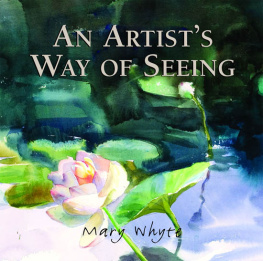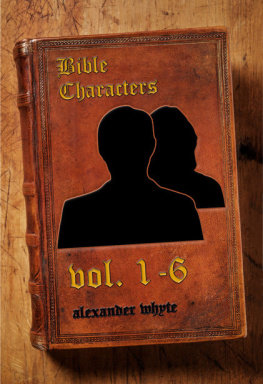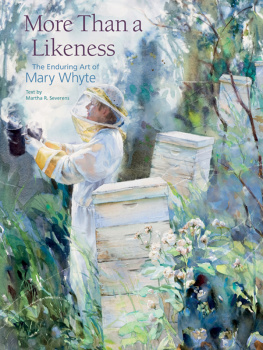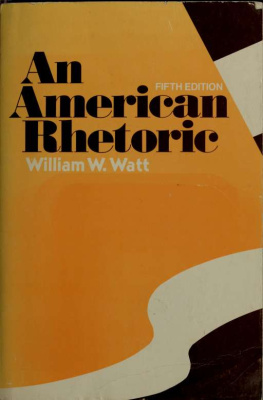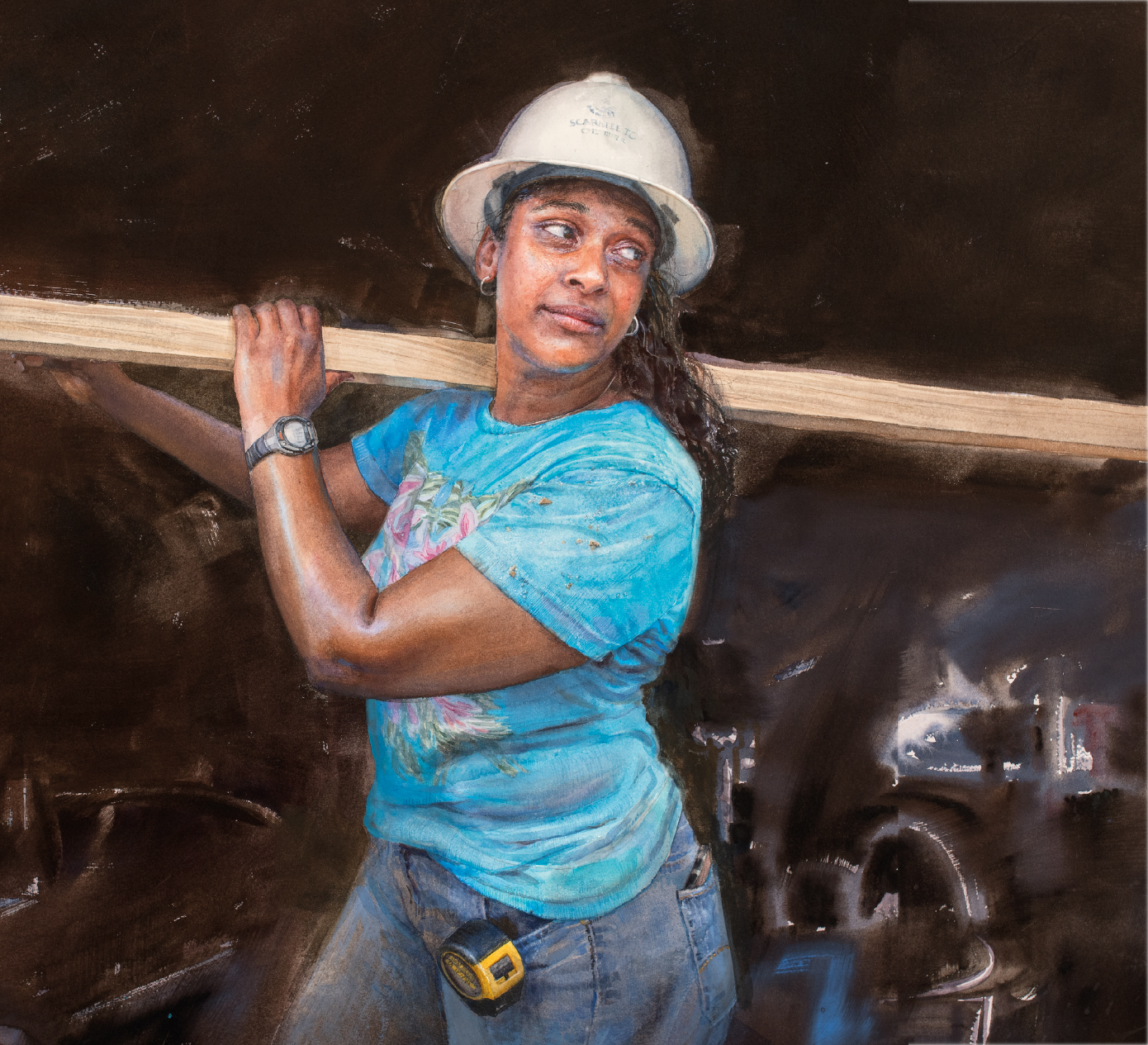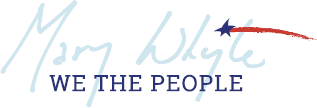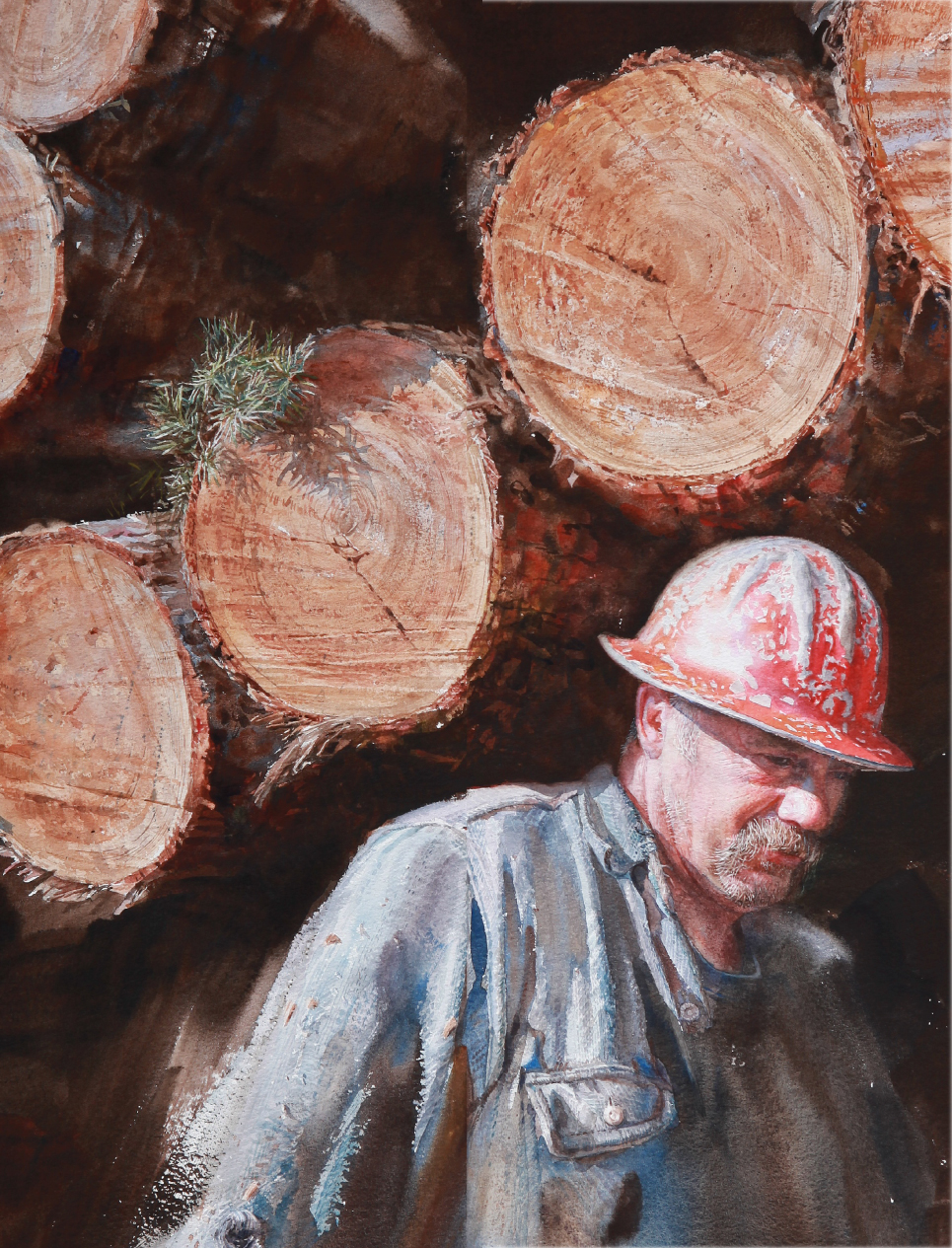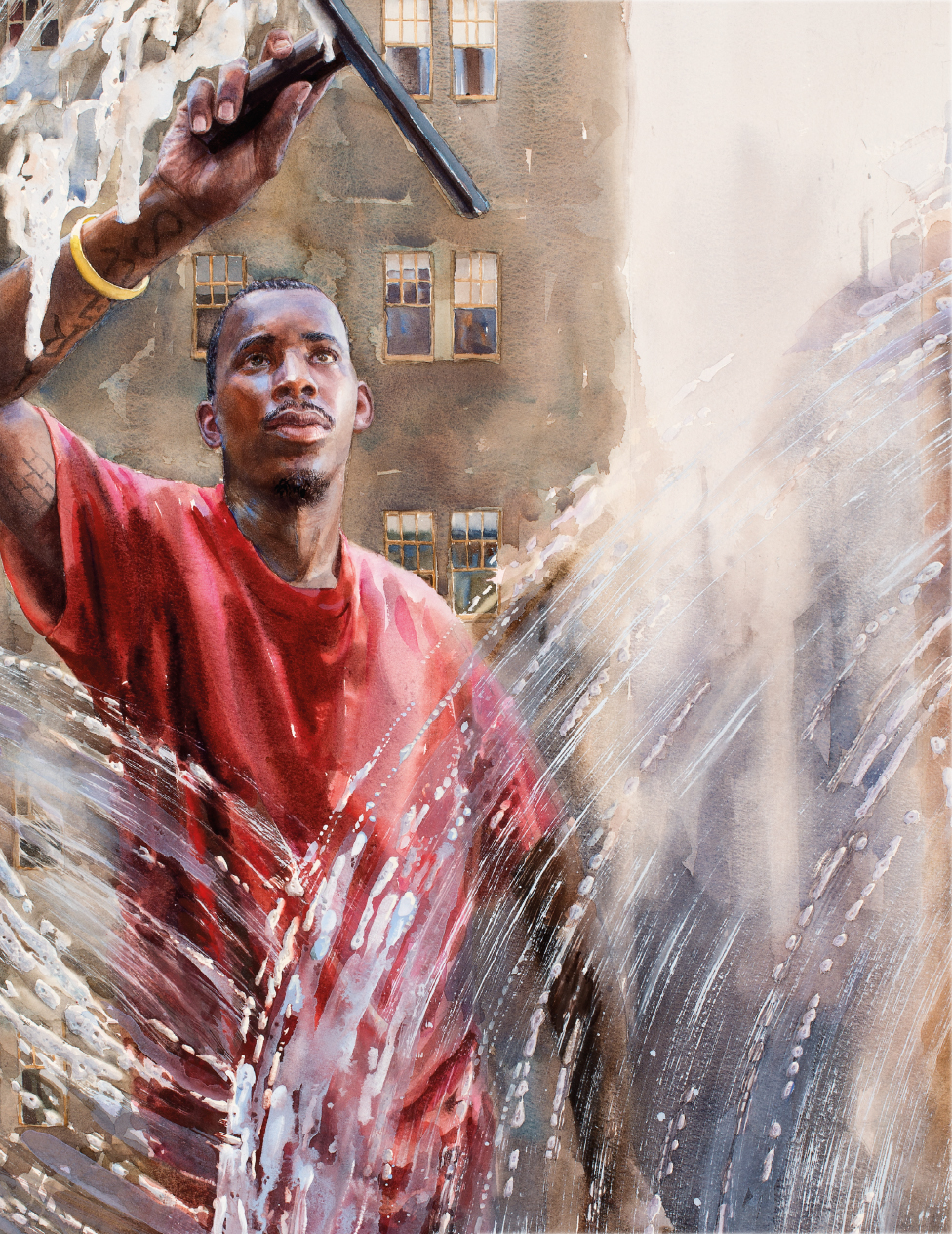
We the People
WE THE PEOPLE
Portraits of Veterans in America
MARY WHYTE
2019 Mary Whyte
Published by the University of South Carolina Press
Columbia, South Carolina 29208
WWW.SC.EDU/USCPRESS
Designed and typeset by
Nathan Moehlmann,
Goosepen Studio & Press
28 27 26 25 24 23 22 21 20 19
10 9 8 7 6 5 4 3 2 1
Library of Congress Cataloging-in-Publication Data
can be found at http://catalog.loc.gov/.
ISBN 978-1-64336-011-9 (cloth)
ISBN 978-1-64336-012-6 (paperback)
ISBN 978-1-64336-013-3 (ebook)
Display illustrations (details): frontispiece, Counterbalance, 2018; pp. ivv, Roller, 2015; pp. vivii, Window, 2016; p. x, America, 2017; and pp. 1415, Crescent Moon, 2018
To all who have served
No one has greater love than to lay down his own life for his friends.
JOHN 15:13
CONTENTS
PRESIDENT GEORGE W. BUSH
ACKNOWLEDGMENTS
S pecial thanks go to President George W. Bush, Sharon Crawford, Tracy Culbertson, Dr. James Yanney, Michael and Dr. Gail Yanney and family, Jan Fritsen, Kathie Bennett, Debbie Geffken, Cathy Marino, Lisa Quadrini, Helen Hill and the Charleston Area Convention and Visitors Bureau, Michael Bennett, Rick Jerue, Mayor John Tecklenburg, William Terry Bare and the Veterans Transition Center of Monterey County, Linda Fogle, Dr. Richard Brown and the editors and staff of the University of South Carolina Press, photographer Jack Alterman, the Wexler family, Carol Barnes, Doug Benefield, the Charleston Symphony Orchestra, Carmen Gardner, State Representative Nancy Mace, George Patton Waters, W. Thomas McQueeny, General and Mrs. Glenn M. Walters, Tiffany Silverman, Suzanne Kerver, Sarah Myles, Pamela Anderson, Chris Weatherly, Preston Harrison, Ranel, Beverly and April Parks at Athens Framing Gallery, Bob Harris, Anne Quattlebaum of the Charleston City Waterfront Gallery, Frank Russen of the Principle Gallery, Jonathan Nichols, Nancy Gregory, Sam Baker, David Nixon, Susan Marlowe, Major General James E. Livingston (Medal of Honor), Ron Small, Bob and Karen Webster, John and Mary Lou Barter, and especially the veterans and their families who shared their stories and were the inspiration for this book.
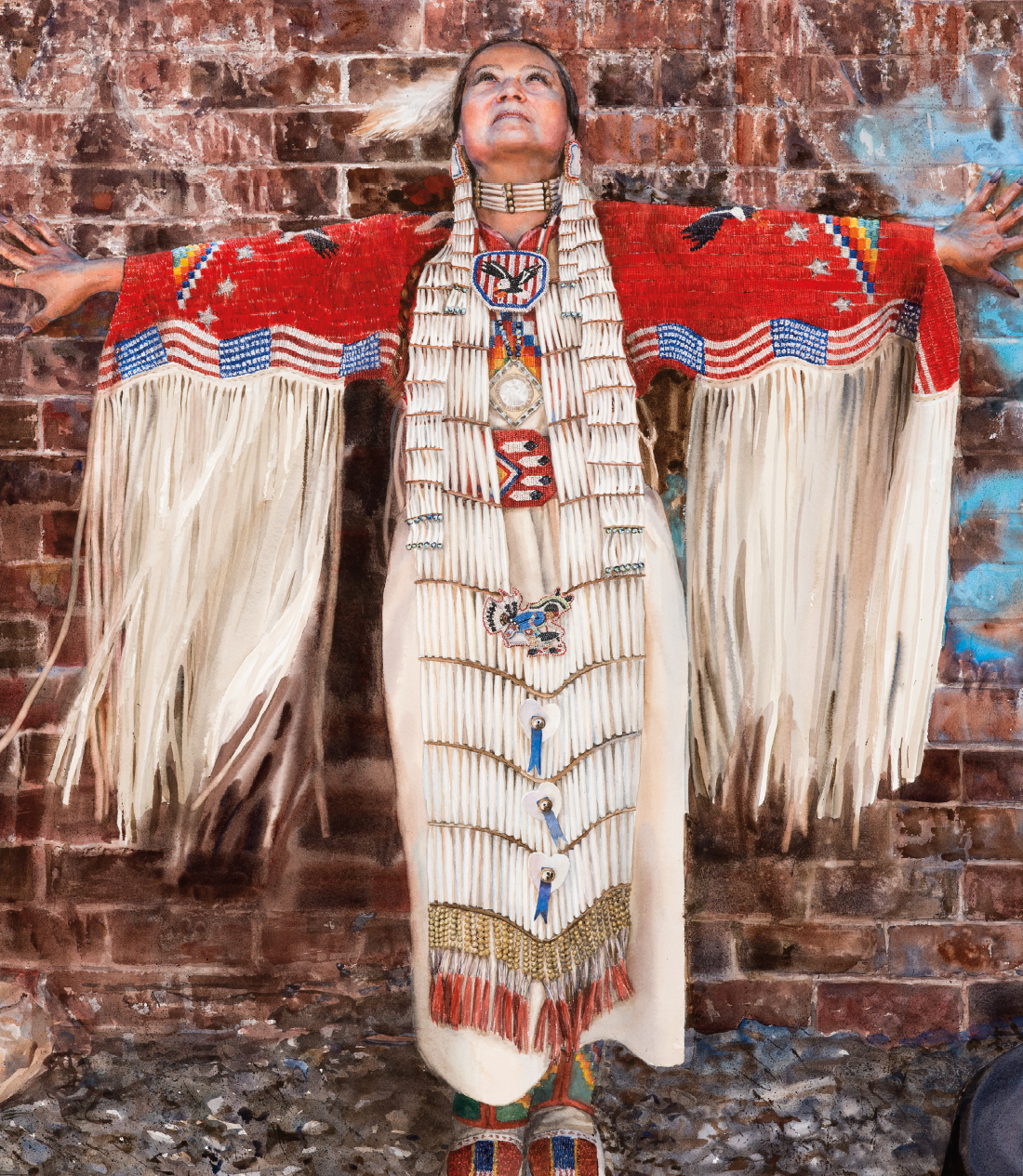
Introduction
A Call of Duty
Freedom is never more than one generation away
from extinction. We didnt pass it to our children in
the bloodstream. It must be fought for, protected,
and handed on for them to do the same, or one day
we will spend our sunset years telling our children
and our childrens children what it was once like in
the United States where men were free.
RONALD REAGAN,
address to Phoenix Chamber of Commerce, March 30, 1961
I n many communities across America there are men and women who go about their days with quiet resolve and little expectation of accolades or recognition. They are the folks whose days are marked by the cows milked, patients seen, corn harvested, test papers scored, engines rebuilt, and children fed and put to bed. They generally go about their lot with steady purpose and without complaint, neither cutting corners nor cutting out early. They are perplexed by those seeking attention in a media-obsessed world and are sustained simply by knowing that theirs was a job done well and with honor. When asked why they took the path they did, some answer because their fathers chose this way. Some say it was because they had no other options. And others say it was because they wanted to make a difference in a challenging world. Regardless, whether by purpose or by accident, almost everyone I spoke to, including those I painted for the We the People project, told me that serving in the military ultimately changed them and made them a better person.
Although I could not have known it at the beginning, what I experienced over the seven years I spent traveling the country and painting veterans would change my own life in unimagined ways, too. There were personal setbacks, financial concerns, and many promising plans that imploded. Paintings that took weeks to complete ended up being purposefully destroyed, then started anew. Ideas that had been sketched out and taped to the wall of my studio were tossed and replaced with others that reached deeper. The seemingly endless uncertainties, dead-end leads and unreturned phone calls finally began to come together, unleashing a cascade of newer ideas and energy. Traveling by myself to distant and unknown regions of the country may have seemed ill advised to others, but for me it became a wonder-filled expedition to the uncharted. I never knew in advance, one day to the next, where I would end up in each of the fifty states, or how I would get to my ultimate destination. And I certainly could never have imagined that, in addition to cars and airplanes, my means of transportation would also include a ferryboat, lobster boat, eighteen-wheeler, harbor patrol boat, cruise ship, taxicab, firetruck, motorcycle, three-wheeler, helicopter, pick-up truck, flatbed truck, plumbing truck, and a very, very slow golf cart. We the People was the most unplanned, the most haphazard, and the most exhilarating adventure of my life.
It all started seven years earlier. I was driving west across Georgia with my friend Debbie, heading to an art center near the Georgia-Alabama line where I was to appear for a talk and book signing for Working South, my latest exhibition. It was late summer, and the fields were as brown as a grocery stores paper bag, flattened and limp from the relentless scorching sun and humidity. In the small towns where we stopped to find a diner or gas station, the sidewalks were empty. Stores displaying pale, scuffed mannequins clothed in sequined T-shirts might be next to a shop with a hand-lettered sign saying WE BUY GUNS. At a gas station we spotted cases of a favorite white wine, stacked in the back of the store next to the beef jerky and fishing bait. At ten dollars a bottle, we bought almost all the owner had and giddily loaded it into the back of the car. It was a small win to offset the perspiration pooling in the hollows of our necks and soaking our backs. Even though the aging Volvos air-conditioner had quit working the first hour of the trip, I periodically flipped the dial toward blue, hoping. I finally relented and turned up the radio instead.
So, Mare, Deb chirped, attempting to divert our attention from the oppressive steam bath while an insistent deerfly circled around our heads. A drop of sweat trailed down the side of her face as she swatted the fly out the window. Now that Working South
Next page

